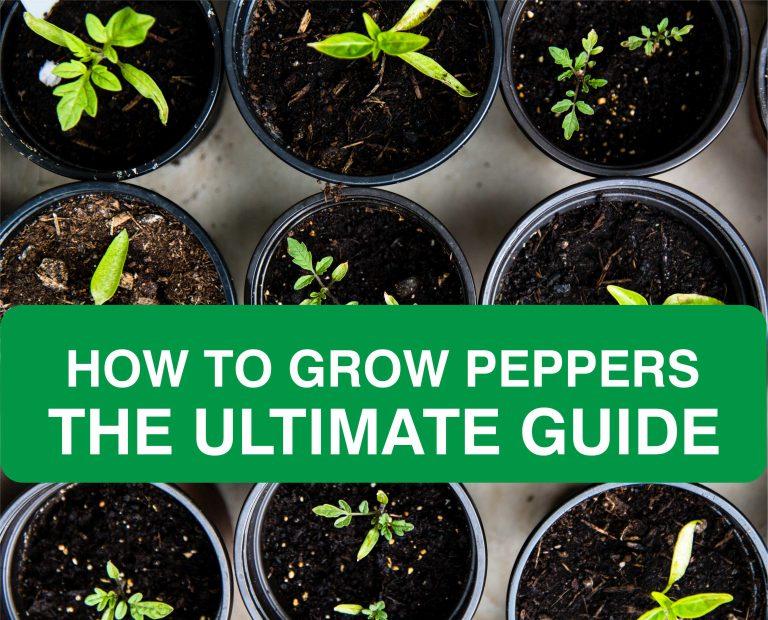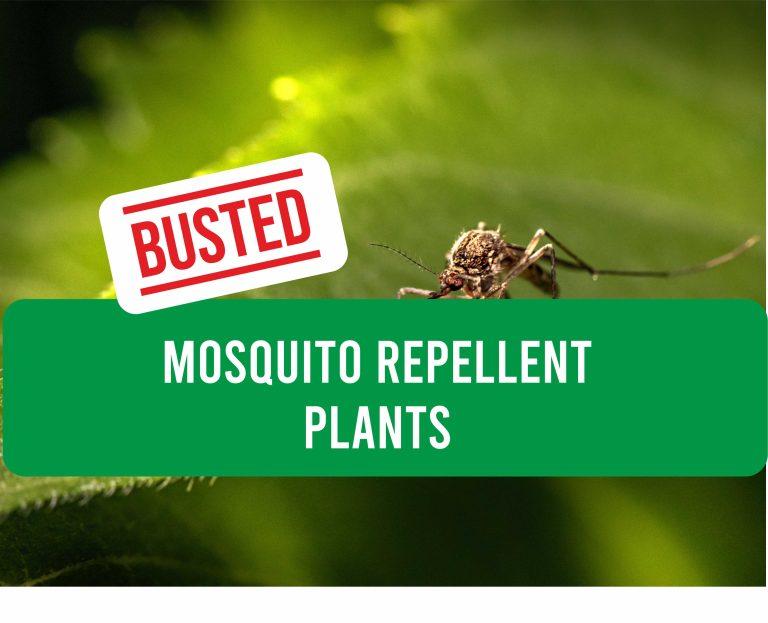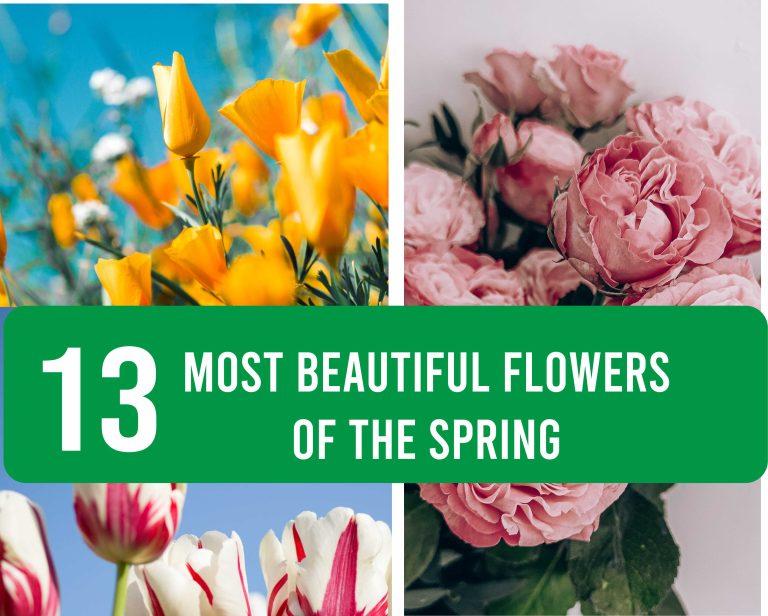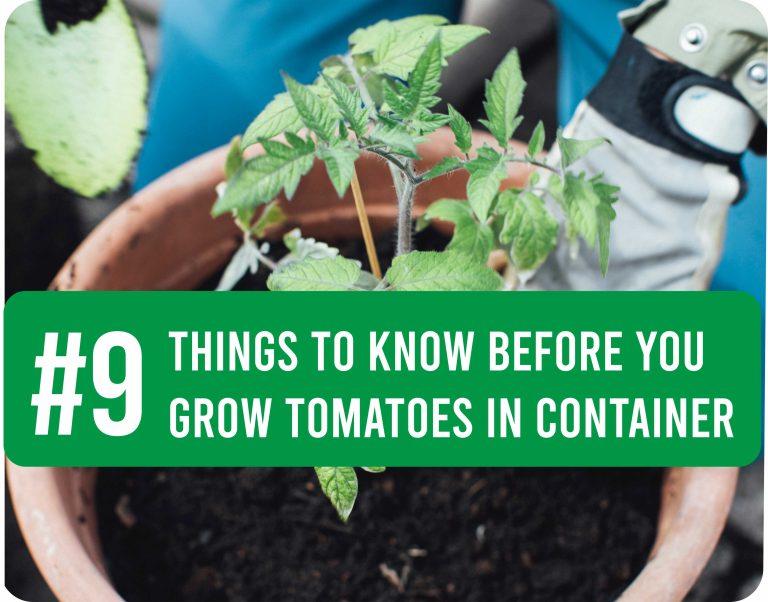
The Ultimate guide
of how to water
your plants
Plants need water to live, just like people do. In fact, plants drink water through their roots, and the water travels up the stem and into the leaves, where it is used to create food. The process of photosynthesis-which is how plants make food-requires water, carbon dioxide, and sunlight.
At first, there are some things to avoid when watering your plants. One of them is Sun scald.
#1 What sunscald is.

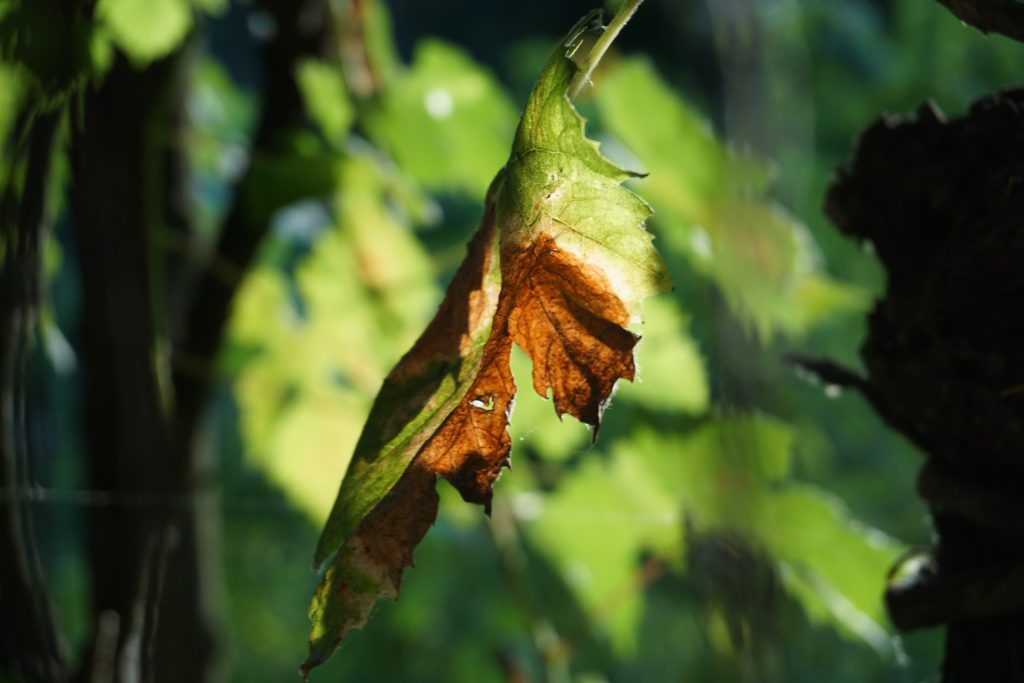
Sunscald is a type of plant burn that is caused by exposure to excessive sunlight. The leaves of the plant can turn brown and scorched, and the plant may die if the damage is severe. Sunscald can be avoided by providing your plants with proper shade and watering them regularly.
The three most important signs to avoid Sunscald:
– Provide your plants with proper shade
– Water your plants regularly
– Monitor your plants for signs of sunscald.
As you must have guessed, this goes to the story about sunburned plants when been watered in summer’s midday temperatures. Although some say that this is a myth you better have it in mind.
#2 Things to remember

Always consider weather
- first, you should check the weather forecast to see if there will be a rain in the next few days. If there is, you don’t need to water your plants-they will get plenty of water from the rain.
- Second, you should always water your plants in the morning or evening-never in the middle of the day, when the temperature exceeds 25 Celsius degrees. This is because plants lose a lot of water to the heat, and if you water them during the day, they will not have time to absorb the water before it evaporates. There is also the danger of sunscald if you water your plants during the day.
- Third, make sure to water your plants deeply, so that the water reaches their roots. You can do this by pouring water slowly and steadily at the base of the plant. Avoid watering the leaves of the plant, as this will only cause them to lose moisture more quickly.
- And finally, keep in mind that different plants need different amounts of water. The best way to find out how much water your plants need is to read the instructions that came with them, or to ask a local gardener.
#4 Season impact of watering your plants
The health of your potted plants can be affected by the season. In general, you’ll need to water your plants more in the summer than in the winter. This is because plants will transpire more water in the summer due to the heat. So, make sure you keep a close eye on your plants and water them when necessary.
In the winter, you’ll likely need to water your plants less often, as the cooler temperatures will slow down the rate of evaporation. However, you’ll still need to check on your plants regularly to make sure they’re not drying out.
By keeping track of the season and adjusting your watering habits accordingly, you can help keep your potted plants healthy all year round.
Conclusion
Watering plants is an important part of keeping them healthy and looking their best all year long. Different plants need different amounts of water, so be sure to read the pot’s label or consult a gardening expert to determine how much water your plant needs. In general, most plants need to be watered deeply but not too often. You can tell if a plant needs water by checking the soil; if it feels dry, then it’s time to give the pot a drink. Be sure not to overwater your plants, as this can lead to root rot and other health problems. Your potted plants will stay beautiful all year if you give them the attention they require!






